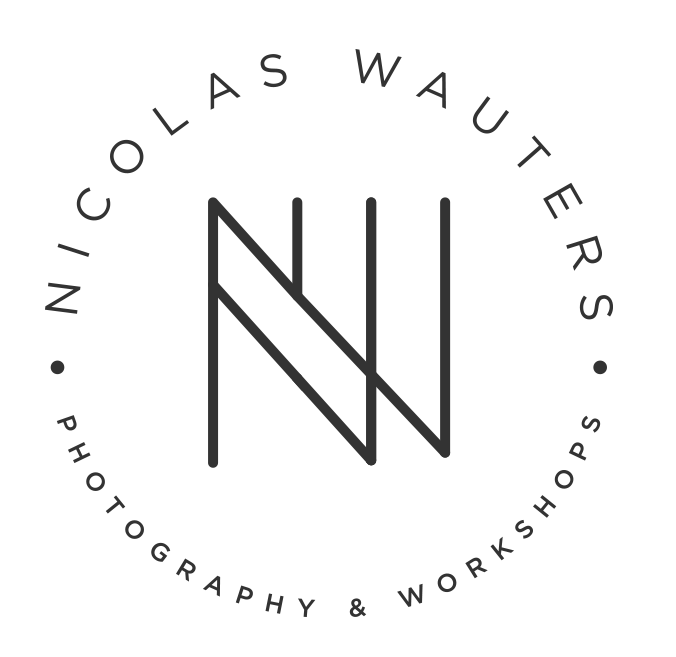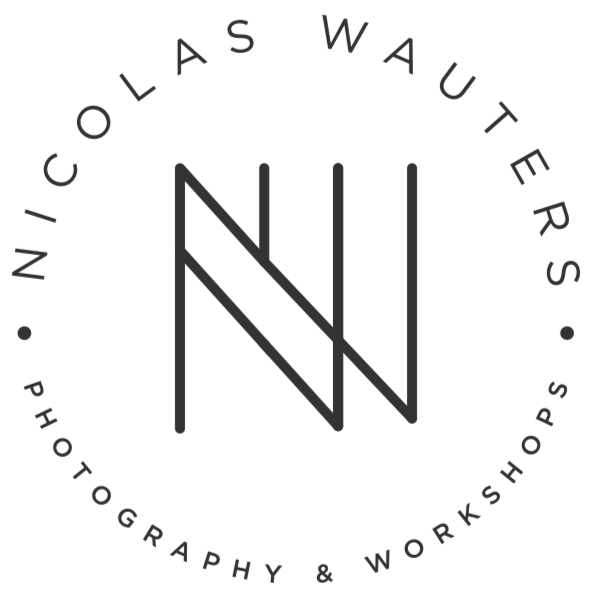Review of The Nikon Z 14-30mm f/4 s and Do You Really Need a 14-24mm F2.8 S?
- Nicolas Wauters

- Apr 5, 2022
- 4 min read
The launch of the magnificent Nikon Z 14-30mm f/4 S camera lens in 2019 was a dream come true for photographers! But, its glory didn’t even last a year, as the Nikon Z 14-24mm f/2.8 S was released soon.
With pretty similar features, you might be confused about which one is suitable for you. If you are looking for a versatile lens that fits your budget, check out this Nikon A 14-30mm f/4 S review and its comparison with the latter.
Highlights of the Nikon Z 14-30mm f/4 S
Nikon’s NIKKOR Z 14-30 f/4 S is a splendid choice for both landscape and focused photography due to its wide-angle aperture in the range of 14-30mm focal length. The following features are its highlights which depict its uniqueness.

1. Nikon's first filter-attachable lens :
If you are looking for a zoom lens with wide-angle coverage, the Z 14-30 mm f/4 S won't disappoint you anytime. It's the best s-line lens with a 82mm diameter lens, which allows you to screw it onto all filters. You can use ND, polarizing, or UV filters to obtain variations in gradients and hues. Using this lens, you can create quite a versatile photography portfolio.
2. No repeated internal reflection :
The lens contains Nikon’s innovative nano-crystal coat technology that reduces the repeated reflections of light. It also minimizes ghosting and flares in the resulting pictures. So, even if you are shooting in the sunlight or have various light sources that could potentially disturb your final image, you can still get a sharp photo with a bright resolution.
3. No more chromatic dispersion and aberration :
Nikon introduced ED glasses, i.e., Extra-low dispersion glasses, to nullify chromatic abrasions in all wide-angle and focused stills. In any Nikon Z 14-30mm f/4 S review, you can find that this lens piece has four aspherical elements that make it unique. They are thinner than usual and have very minimal dispersion, thus guaranteeing a sharp and focused picture.
4. You can have a smooth transition against the motion :
This E-type lens for a mirrorless camera with an electromagnetic diaphragm quickly changes the aperture and autofocus settings without any manual modifications.
You can simply retract or move the camera's lens forward by controlling the zoom ring. Thus, if you are filming or taking still shots, you don't need to repeatedly adjust the settings every time as the lens will smartly adjust itself, according to the subject's motion.
5. Portable and easy to travel with :
Compared to the NIKKOR 14-24mm f/2.8 S, this lens is a portable and compact model for all professional photographers. It is well-suited for all Z mount Nikon cameras and is light enough for you to carry around for event shoots, holiday vlogging, and professional studio jobs.
When would you require a Nikon Z 14-24mm f/2.8 S instead?
The specs of the Nikon Z 14-30mm f/4 S are great for wildlife, urban lifestyle, and event photographers within varied light settings. But you might need an upgrade in the following situations.

1. When you are working in natural light :
The Z 14-24mm offers 24 P-MP sharpness, whereas Z 14-30 mm f/4 s only gives up to 17 P-MP units in natural light. Unlike the latter, the former has a special ARNEO anti-reflective coat that helps avoid distortions and glares, when there’s an interplay of light and shadow.
2. You are working on bird photography :
Fast shutter speed and high precision are essential factors when the subject is in constant motion. The wide-angle lens in the range of 14-24mm is perfect for capturing stills or time-lapse videos.
3. When you require a crystal clear landscape photography :
A wide lens with 14-24mm focal length, autofocus settings, and sharper resolution can get you a clear picture when there are multiple colors. Compared to the Nikon Z 14-30mm f/4 S, it reduces vignetting and improves brightness.
4. If you want to reduce sagittal coma flare :
Astrophotographers may face the issue of sagittal coma flare as the dot-sized celestial bodies get flanked with dispersed light. But, if you use f/2.8 it can significantly reduce the depth of field and blur.
5. If you shoot in outings and adventures :
The Z 14-24mm is the best s-line lens with a fluorine coating that's entirely water and dust-resistant. Its Nikon F FX mount type fits almost all cameras. It also has a digital settings display along with marked focus and aperture scales to adjust settings in a jiffy. The one-touch adjustments are quite beneficial especially if you are roaming in the dark or want to change settings while trekking.
Drawbacks of Nikon z 14-24 mm f/2.8 you should look for!
Did the features of the Nikon Z 14-24mm f/2.8 S blow you away? To make an informed decision, check out these possible drawbacks.
1. Quite Costly :
Buying a 14-24 mm lens after comparing it with Nikon z 14-30 mm f/4 s review is a little tricky as the former is $2396, whereas the latter is only $1297, nearly half the price of the former. However, it is quite fragile with 16 elements and weighs 650g compared to its lighter alternative at 450g.
2. It can't use classic neutral density filters :
As ND filters reduce light absorption and demand a good shutter speed, they aren't suitable for this high-precision lens. On the other hand, Nikon Z 14-30 mm f/4 s can use all filters that are compatible with the Z mount.
3. Its f/2.8 aperture can give unnecessary bokeh effects :
A shallow depth of field always gives a bokeh effect. While background blur is appealing, it isn't favorable at all times, which is a significant drawback of this lens.
Final Words :
Choosing the perfect lens for a mirrorless camera can be quite hectic since prolific brands like Nikon have more than one great option. Though the Nikon z 14-30mm f/4 S review highlights its autofocus mode, refined photography, and attachable filters, the lens still lacks precision in some cases.
Compare the pros and cons of the two Nikon Z lenses, to choose a lens that aligns with your needs.







Comments